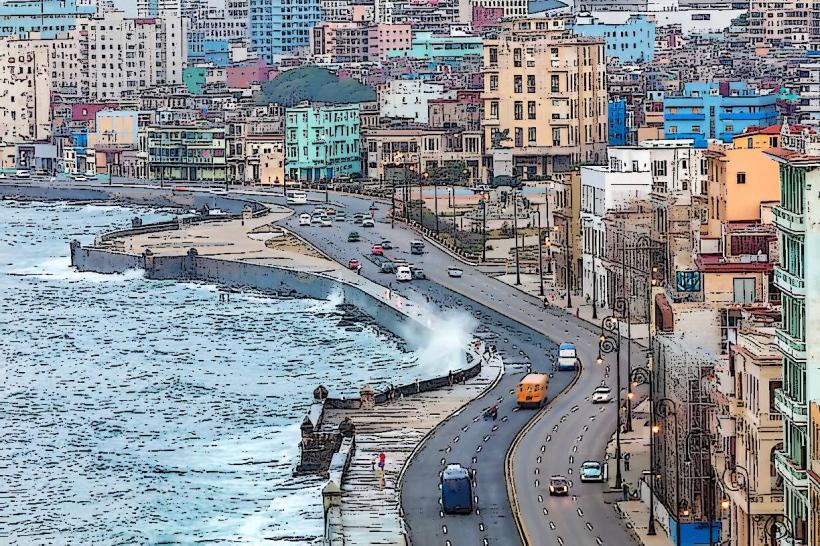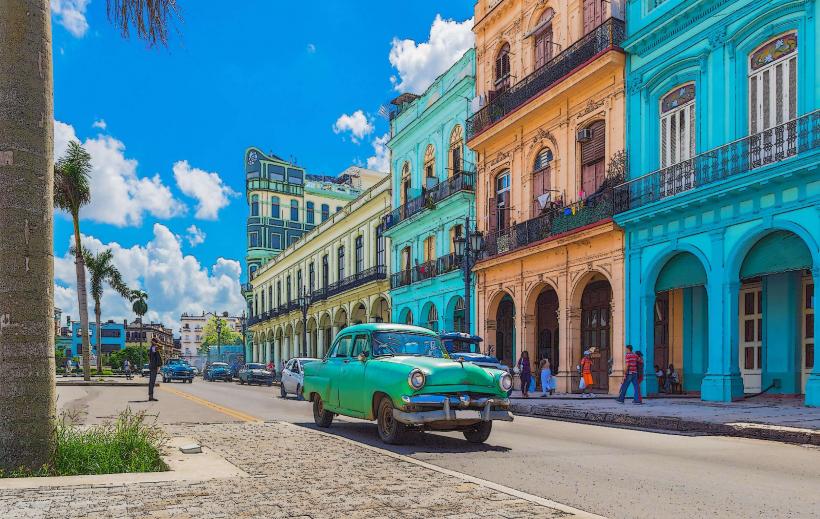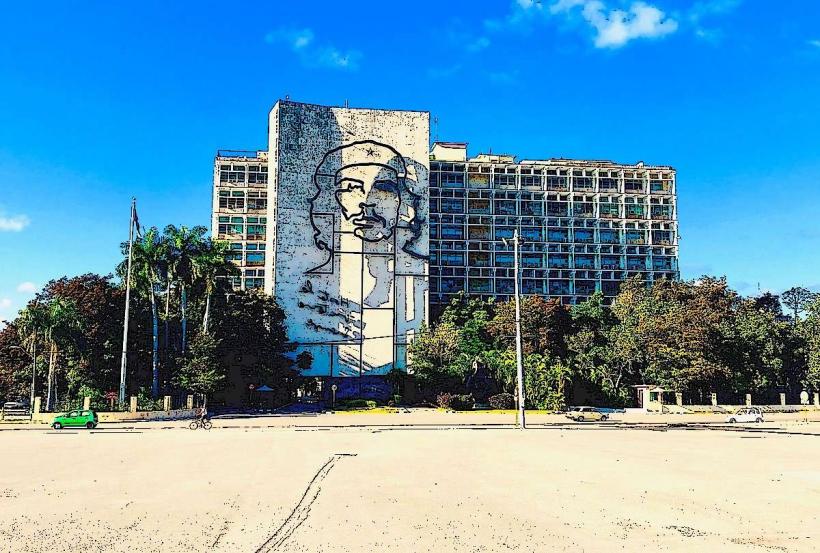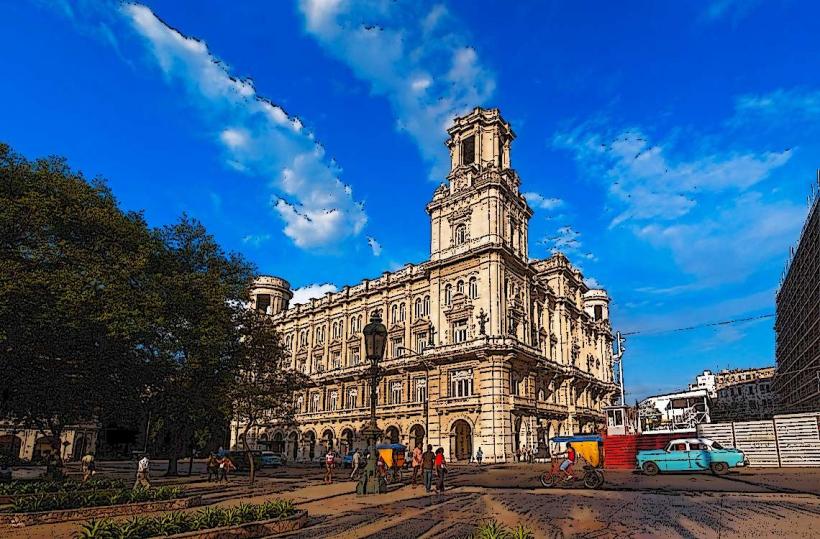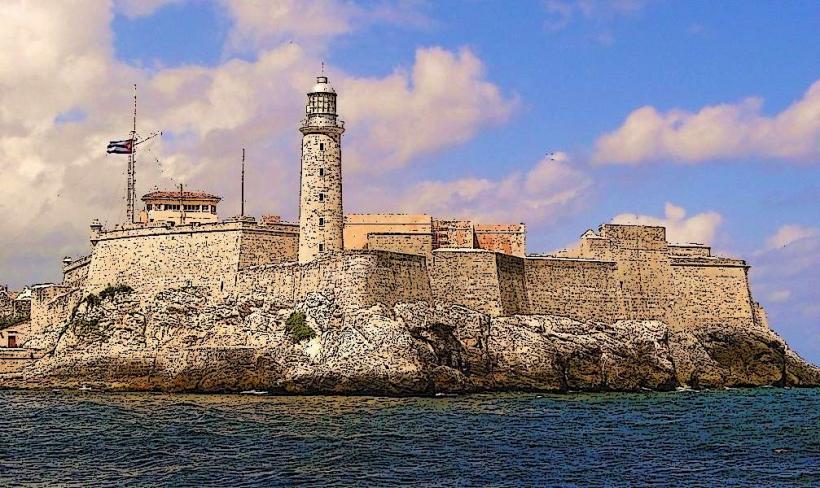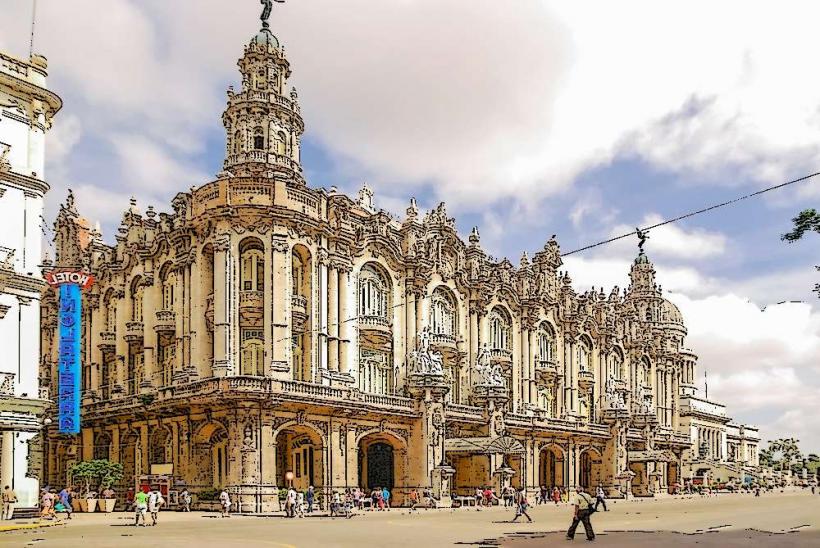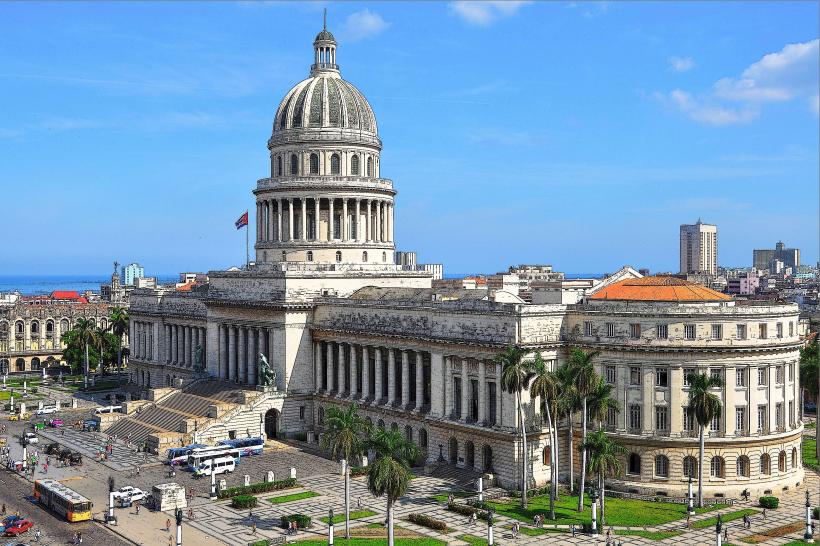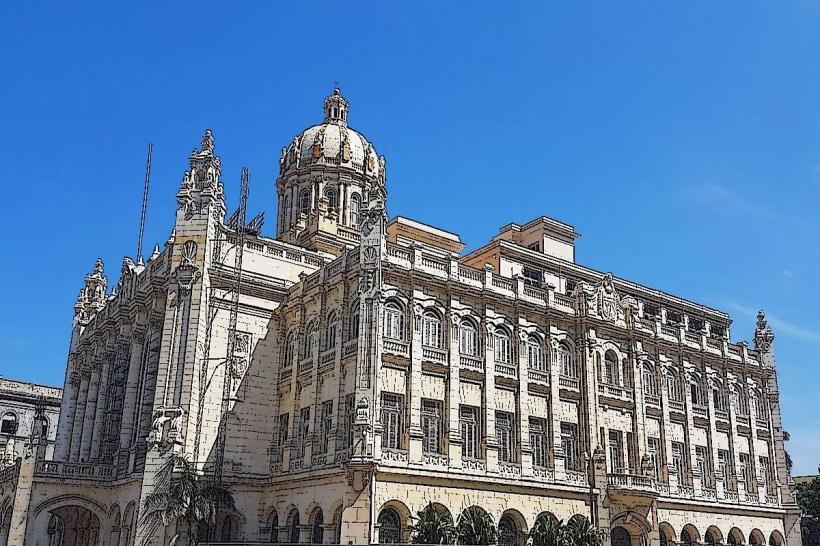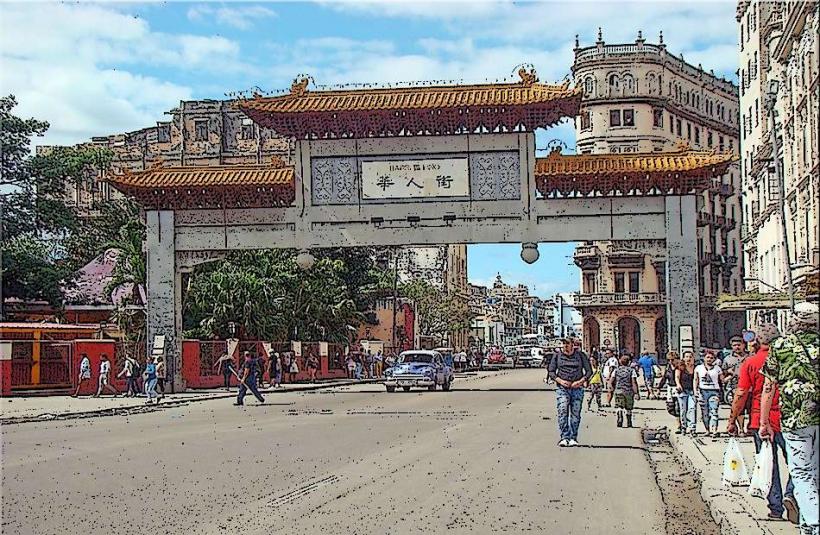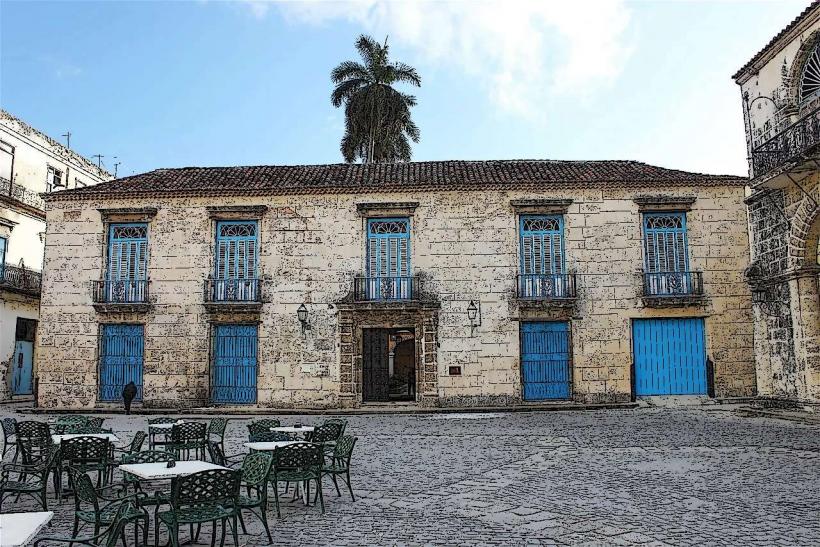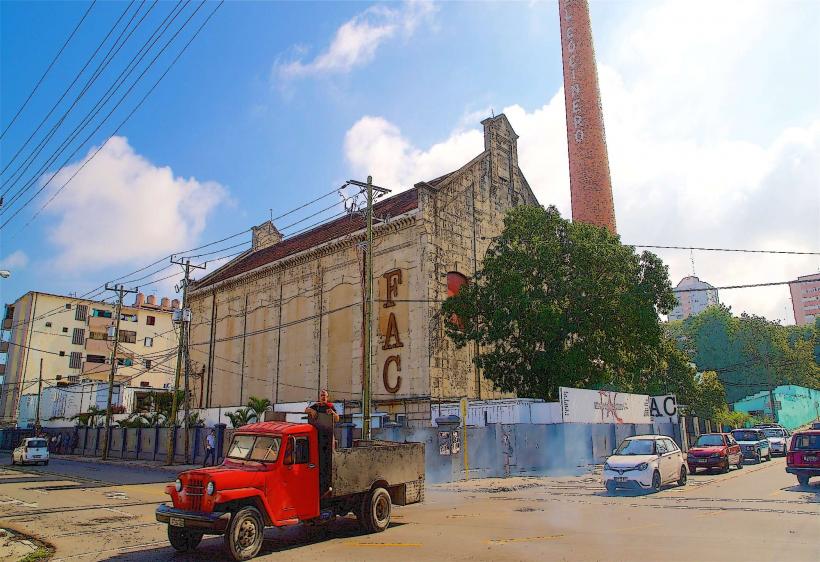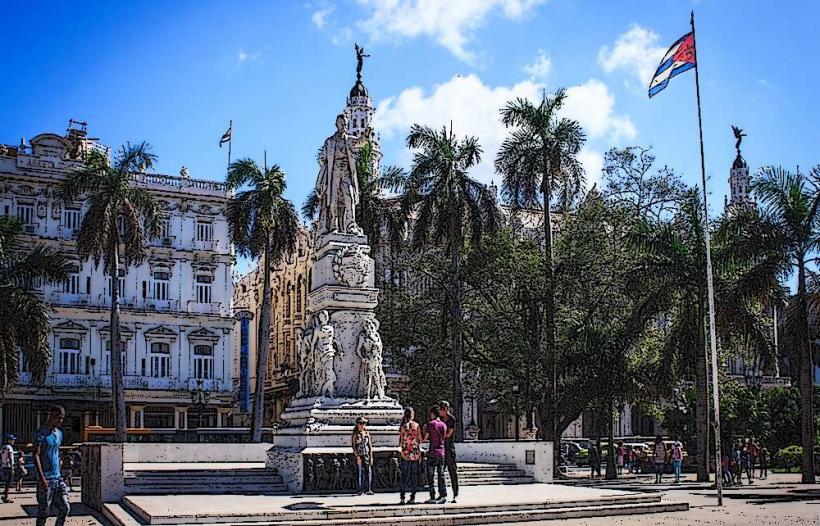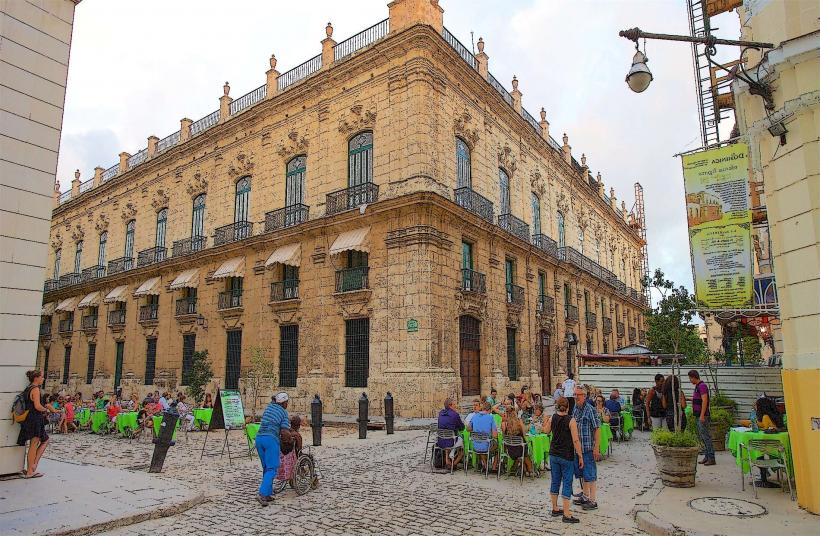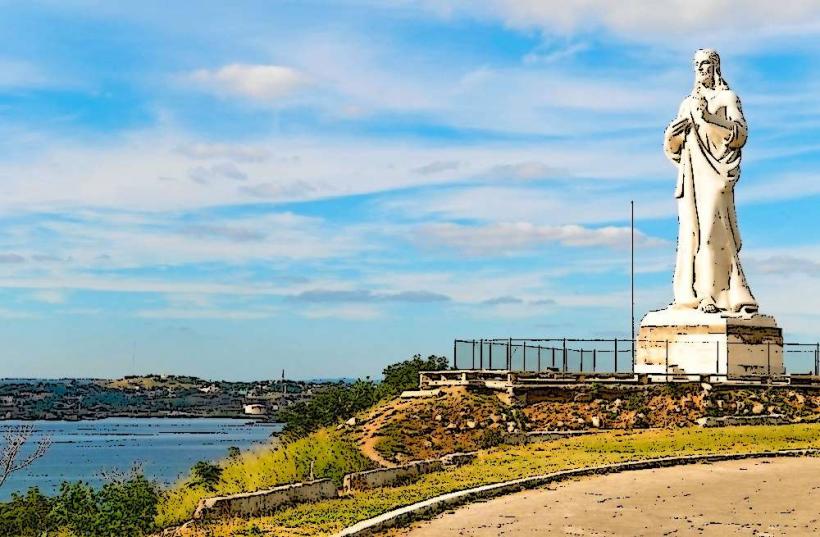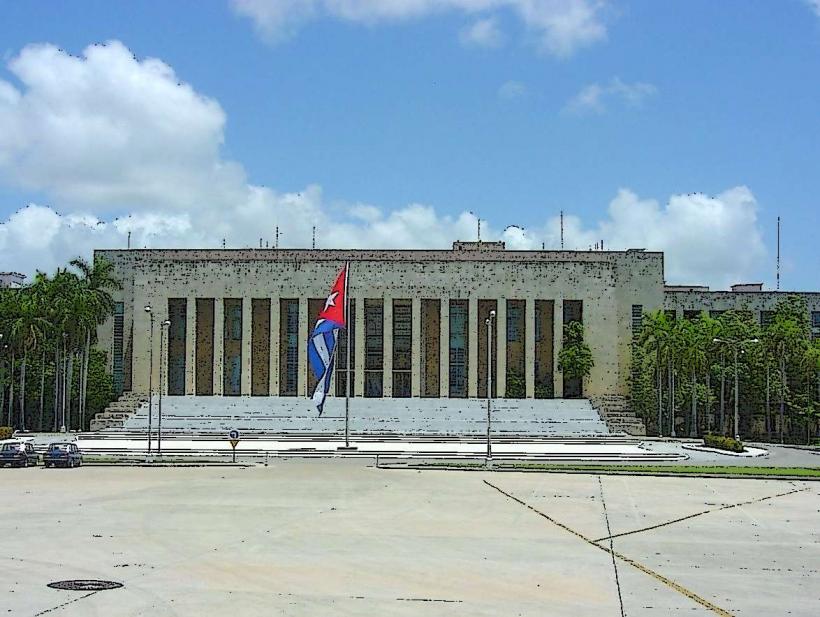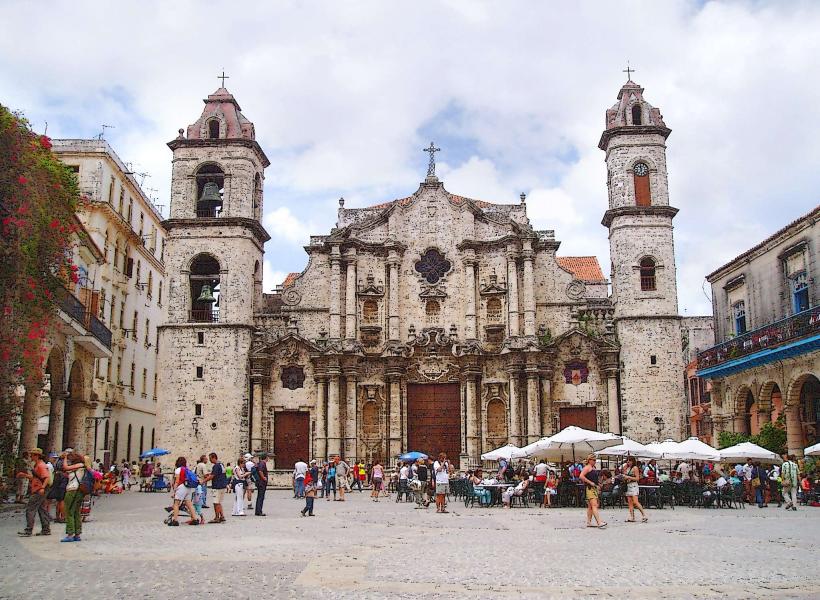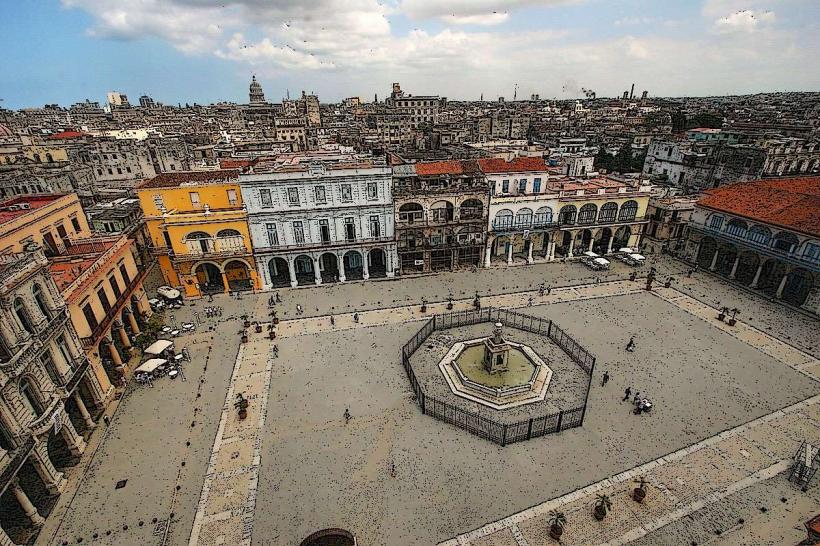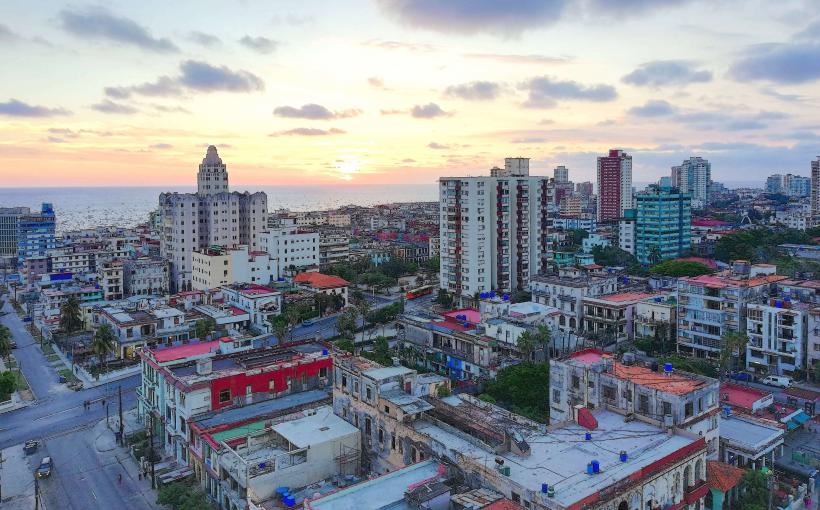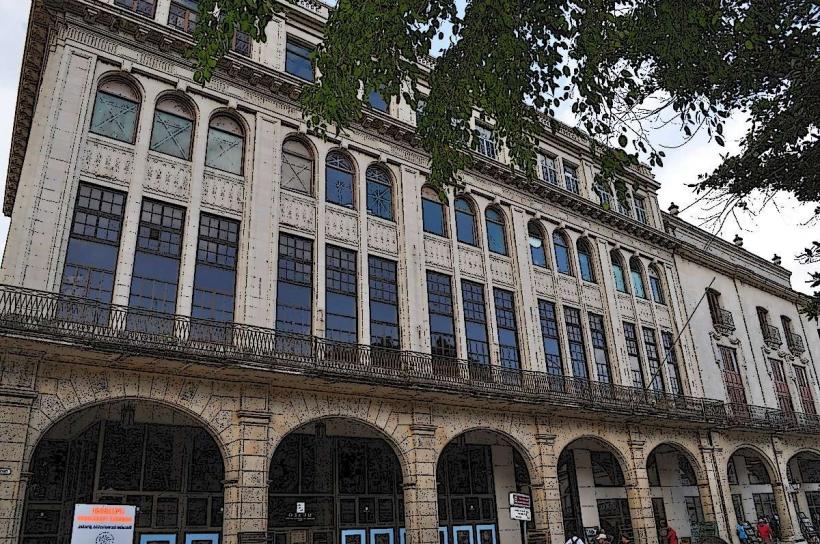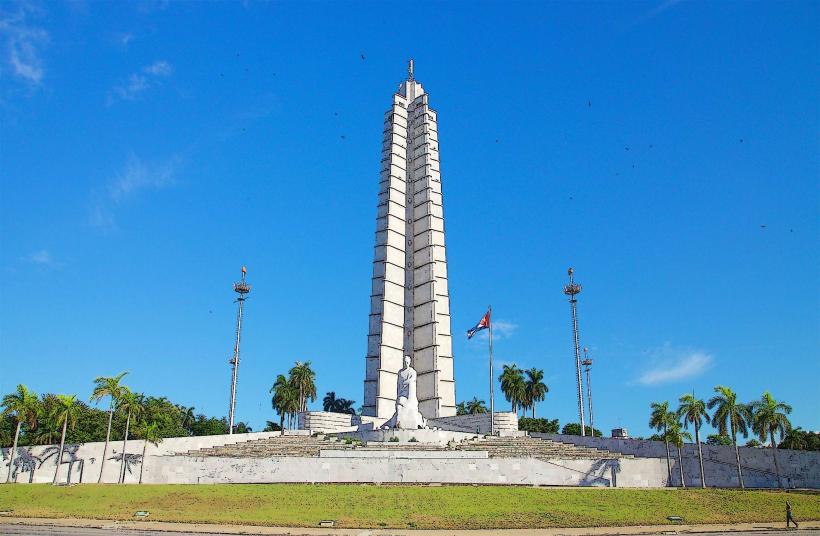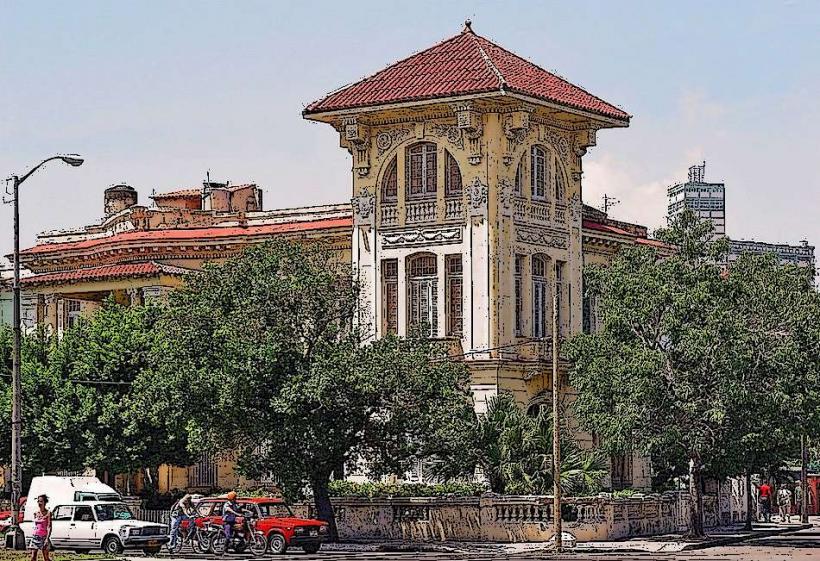Information
Landmark: La Catedral de la HabanaCity: Havana
Country: Cuba
Continent: North America
La Catedral de la Habana (The Havana Cathedral), officially known as Catedral de la Virgen María de la Concepción Inmaculada de La Habana, is one of the most prominent and historically significant landmarks in Havana, Cuba. Located in the heart of the Habana Vieja (Old Havana) district, it is not only a religious site but also an architectural and cultural symbol of the city.
Here’s a detailed look at La Catedral de la Habana:
History and Construction
The origins of La Catedral de la Habana date back to the early days of Spanish colonization in Cuba. The church has been a place of worship and an important religious center since its founding in the 16th century. It is dedicated to the Virgin Mary of the Immaculate Conception.
Founding and Early Years: The construction of the cathedral began in 1748 under the patronage of the Spanish colonial government. The Spanish settlers in Havana recognized the need for a grand cathedral to serve the growing population and reflect the importance of the Catholic faith. The original site was initially home to a church built in 1591, but it was replaced with a much larger structure in the mid-18th century.
Construction Process: The cathedral’s construction spanned nearly a century, with significant contributions from various architects, including Jesús de la Torre, Francisco de la Guerra, and Miguel de la Torre. The building was finally completed in 1777. The cathedral’s design was inspired by the Baroque style, though it also incorporates elements of Neoclassical architecture, which was emerging at the time.
Role in Religious Life: For centuries, the cathedral has been a focal point for religious life in Havana, hosting important ceremonies such as mass, baptisms, weddings, and funerals. It also became the seat of the Archdiocese of Havana, playing a central role in the city’s Catholic community.
Architectural Style
La Catedral de la Habana is a prime example of Baroque architecture, particularly the Baroque-Rococo hybrid style that was prevalent in Spain and its colonies in the 18th century. The cathedral’s design is marked by dramatic use of space, intricate details, and an emphasis on grandeur.
Facade: The cathedral's exterior is characterized by its two bell towers, which are unequal in height. This asymmetry gives the building a distinctive silhouette against the Havana skyline. The facade is adorned with ornate carvings, including images of saints and religious symbols, all designed to emphasize the importance of the church and the Catholic faith in the colonial era.
Main Entrance: The main entrance is framed by a large archway, which is surrounded by sculpted figures and ornate decoration. Above the entrance, a relief of the Virgin Mary stands as a central feature, reinforcing the church’s dedication to the Immaculate Conception.
Bell Towers: The cathedral features two bell towers on either side of the facade. The southern bell tower, which is taller, is topped with a dome and clock, while the northern tower is shorter. The towers are capped with weather vanes that add to the cathedral’s charm.
Interior Design: The interior of the cathedral is as impressive as its exterior, with an emphasis on elegance and refinement. The altar is richly decorated with gilded details, and the church features several chapels dedicated to different saints. The floors are made of polished marble, and the ceilings are adorned with frescoes and murals. The nave is spacious, creating a sense of grandeur and awe for visitors and worshippers alike.
Significant Features and Art
Altarpiece and Artwork: The cathedral's main altarpiece is a stunning work of religious art, featuring a large painting of the Virgin of the Immaculate Conception. The church also contains several works of colonial-era art, including paintings, sculptures, and religious relics that speak to the history and culture of Havana and Cuba.
The Chapel of the Holy Christ of Havana: One of the most venerated areas of the cathedral is the Chapel of the Holy Christ of Havana (Capilla del Santo Cristo de La Habana). This chapel is home to the statue of the Holy Christ, a revered figure in the Catholic tradition in Cuba. The statue is considered a symbol of Cuban religious devotion and attracts many pilgrims and visitors.
Vaulted Ceiling and Frescoes: The cathedral’s interior is renowned for its vaulted ceilings and the frescoes that adorn them, depicting scenes from the life of Christ and various biblical narratives. These frescoes were painted by various local and European artists, and they add a touch of color and life to the otherwise serene and solemn atmosphere of the church.
Sacristy: The sacristy, or preparation area for the clergy, contains important religious relics, as well as antique furniture and objects used during Catholic rites. The sacristy also serves as a storage area for the church's most sacred items, such as chalices and vestments.
Cultural and Religious Importance
La Catedral de la Habana is not only a place of worship but also a symbol of Cuba’s religious and cultural heritage. It stands as a testament to the enduring legacy of Catholicism in Cuba, which was introduced by the Spanish during colonization. The cathedral is a vital part of Havana’s historical center, which is a UNESCO World Heritage Site.
Religious Role: The cathedral continues to be an active place of worship and is used regularly for masses, baptisms, weddings, and other important religious ceremonies. It also hosts special services for holidays and events like Christmas, Easter, and the feast of the Immaculate Conception, the patron saint of Cuba.
Cultural Landmark: As one of the most iconic buildings in Old Havana, the cathedral plays a key role in the city’s tourism and cultural identity. Its elegant architecture and its role in Cuba’s history attract tourists from all over the world, and it is often featured in Havana’s cultural events and festivals.
Connection to Cuban History: Over the centuries, the cathedral has witnessed pivotal moments in Cuba’s history, from the Spanish colonial period to the revolution and beyond. The church has been visited by various prominent figures, including the Pope, and continues to be a site of national importance.
Visitor Experience
Visitors to La Catedral de la Habana can experience both its spiritual atmosphere and its architectural beauty. The church is open to tourists throughout the day, though services are held regularly, so visitors should be respectful during these times.
Tours and Services: The cathedral is often included in guided tours of Habana Vieja, where visitors can learn about its history, architecture, and religious significance. English-speaking guides are available in most cases, offering insight into the building’s historical and religious importance. Visitors can also attend mass or religious events, should they wish to experience the cathedral as a place of active worship.
Nearby Attractions: The cathedral is located in the heart of Old Havana, making it part of the city's main tourist route. Visitors can easily explore nearby attractions such as the Plaza de la Catedral, Plaza de Armas, and the Museo de la Ciudad (City Museum). The cathedral’s proximity to other landmarks makes it a central part of any visit to Habana Vieja.
Conclusion
La Catedral de la Habana is one of the most important and majestic religious sites in Cuba, offering visitors a chance to experience the beauty of Baroque architecture, the richness of Cuban Catholicism, and a deep connection to Havana’s colonial past. As a place of worship, a historical landmark, and a cultural treasure, the cathedral is an essential part of any visit to Havana, providing insight into Cuba's spiritual and architectural heritage. Whether you are drawn to its stunning design, its historical significance, or its continuing religious role, La Catedral de la Habana remains an iconic symbol of the city.

